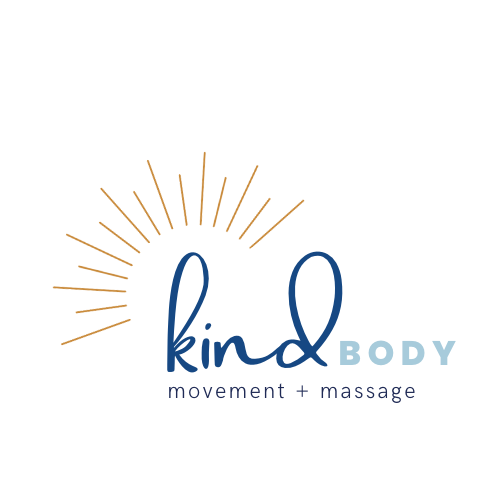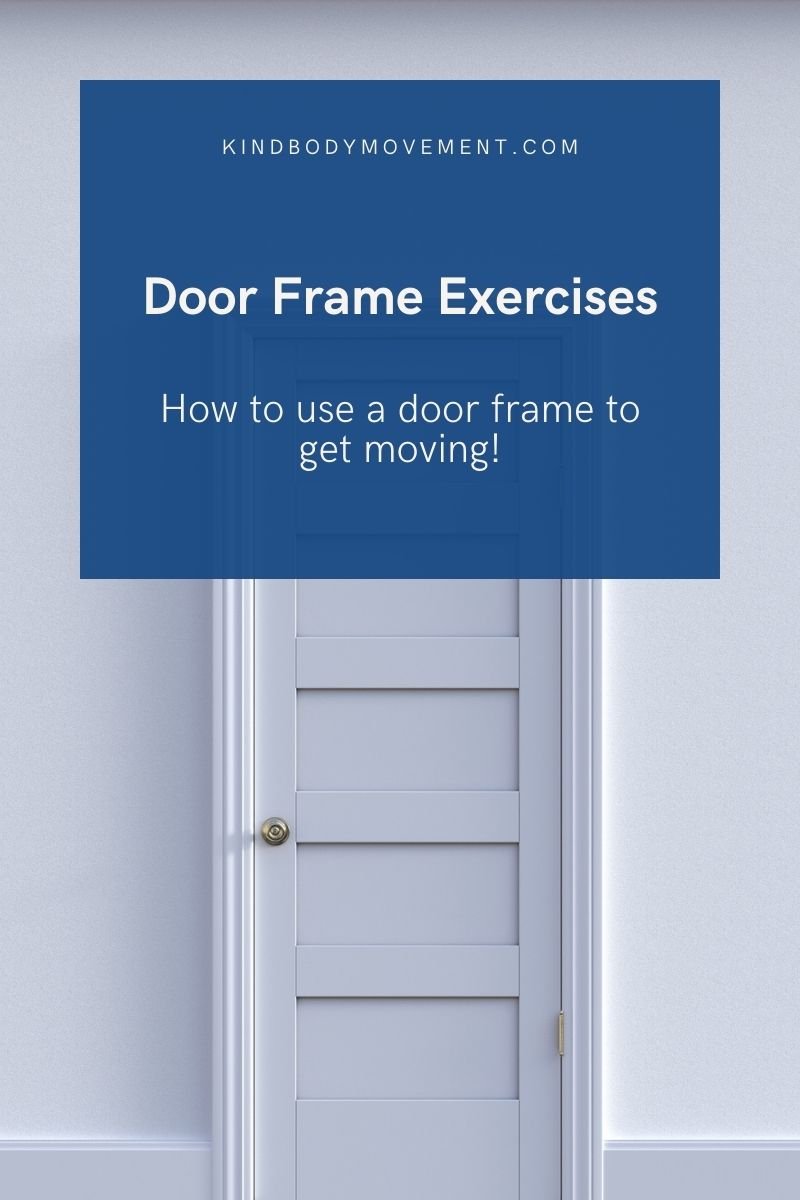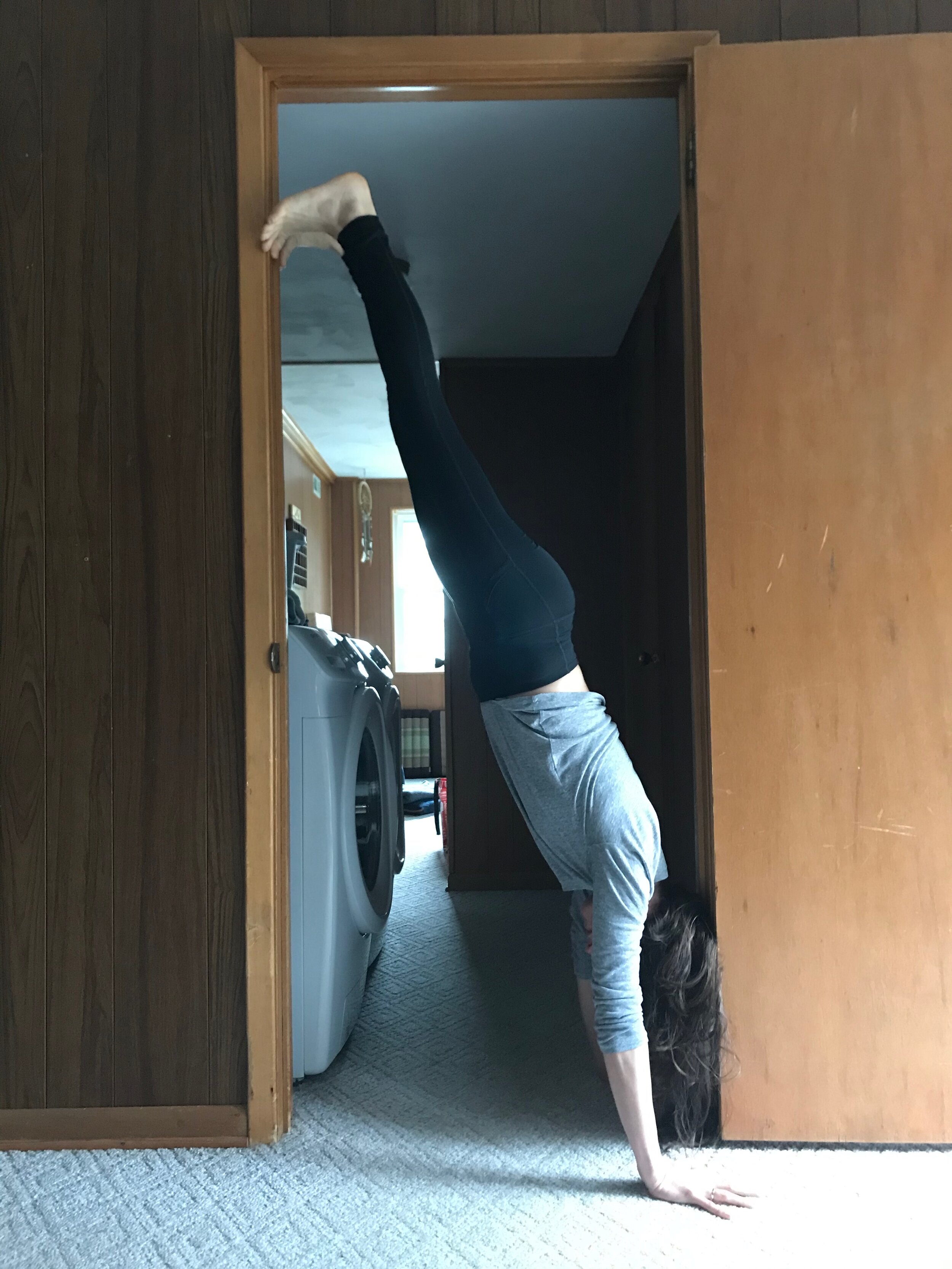7 Door Frame Exercises
How to use a door frame to get moving
Sometimes I link to products I love. As an Amazon Associate, I earn a commission from qualifying purchases.
You don’t need to hit the gym to get in a good workout. Whether you’re traveling, at the office, or working from home, you can do these seven exercises anywhere there’s a door.
Door frames are particularly convenient for adding more movement to your life. How many times do you walk through a doorway each day? Probably a lot!
Using the “habit stacking” framework, you can build on the act of walking through a doorway to form a new movement habit (Think: When I walk through a doorway, I have an opportunity to move my body.)
How to Use these Exercises
Option 1: Formal workout
Use these exercises as part of your dedicated workout time. Depending on your abilities and goals, feel free to practice all the exercises once in succession or as a circuit. It’s easy to simply say, “do 3 sets of 10” but everyone is different. I say do as many reps as you can with good form. Do what works for you and helps you move closer to your goals.
Option 2: Movement snacks
Maybe you’re all set when it comes to a daily formal workout (way to go!) but you’re looking for ways to stay physically active throughout the day. You can use these exercises as “movement snacks” to keep your parts well-nourished even when you’re not at the gym. Here’s a few ideas for you:
Choose a move that you love and do it anytime you walk through a doorway.
Assign one move to each doorway in your home.
Use a sticky note to remind you how to move as you come to the door.
Ultimately, there’s no hard and fast rules here. These exercises are meant to be an “open door” invitation to move more. So, without further ado, here’s the exercises…
7 Door Frame Exercises
Squats
Open the door and hold on to either side of the door handle. Back away from the door a bit so you can keep your arms straight while you squat. Stand with your feet hip bone distance apart and parallel. Inhale, bend your knees and shift your hips back so your knees stay stacked over your ankles. Exhale, squeeze your glutes, and stand back up. Inhale to squat down; exhale to stand up. Your knees should stay stacked over your ankles to transfer the work to the glutes.
Side Hang + “Pull Ups”
Grasp the door frame with one hand. For more challenge, place your feet closer to the frame and for less challenge, place your feet further from the frame. Keep your body in a diagonal line as you extend your arm straight. Keep your elbow crease pointed toward the ceiling and your shoulders away from your ears. Don’t let your body curve into a banana shape—keep your hips in a line with your shoulders. You can do a static hold or you can do a “pull up” to continue building strength.
To pull up: Keeping your body in a diagonal line, exhale and pull your body upright by bending your elbow. Inhale to slowly release back into the hang. Exhale to bring your body upright; inhale to hang.
Gentle Hang & Stretch
Without bending your spine or thrusting your ribs, lift your arms overhead and curl your fingers around the door frame. (If you can’t reach you can try this with a pull-up bar or by standing on a secure step stool.) Transfer more weight into your hands by bending your knees slightly. Take a few breaths and enjoy. Keep your ribs down.
Single Arm Stretch
Place your forearm on one side of the door frame so your fingers point toward the ceiling. Actively press your elbow, forearm, and palm into the door frame. Keeping your ribs down, step through the doorway any amount. Take a few breaths and enjoy. Repeat on the other side.
Dynamic Lunge
Stand in the door frame with the back of your pelvis, your back, and your head against one side. Step one leg back and the other leg forward to come into a lunge shape. Place the back knee on the ground. Exhale and press through the legs to lift yourself up any amount—maybe all the way up to straight legs. Inhale to lower back down toward the ground any amount. Your back body will slide up and down as you go, helping you maintain alignment. To release, rest your back against the wall and step your back foot forward to meet your front foot. To make things easier, you could also place a block or a bolster under the back knee so it doesn’t have as far to go.
Upper Trap Massage
Stagger your feet and bend at the hips (not the spine) and pin a therapy ball or racquet ball in between your shoulder and the door frame. The ball should rest between the shoulder joint and the base of the neck, around the place a tank top or bra strap might sit. For more pressure press through your back leg. Explore how the position of your head and arms changes the sensation you feel. As you move your head and/or arms, feel how your muscles move under the ball. Exhale to stand up and repeat on the other side.
Handstand
This one’s not for everybody—don’t sweat it if the handstand doesn’t work for your body.
Bend down and place your hands on the ground shoulder width apart by one side of the door frame. You might rest the back of your head against that same side. Step one foot and then the other foot onto the opposite side of the door frame. Take a few breaths. When you’re ready to release, step one foot and then the other to the floor (in a standing forward fold). Exhale and slowly stand up.
Conclusion
If you’re having trouble carving out a chunk of time dedicated to exercise, try sprinkling some throughout your day with these door frame exercises. For more pictures and videos of the dynamic door frame movements, check out this Instagram post.













